Matsumoto Hafū
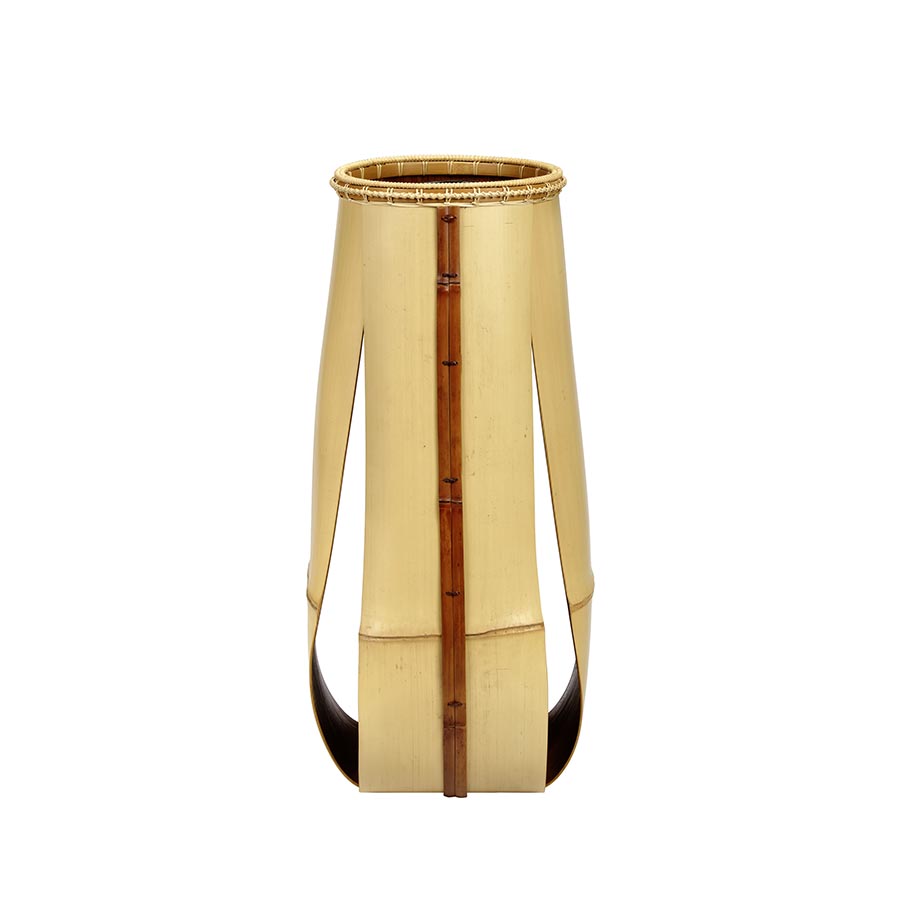
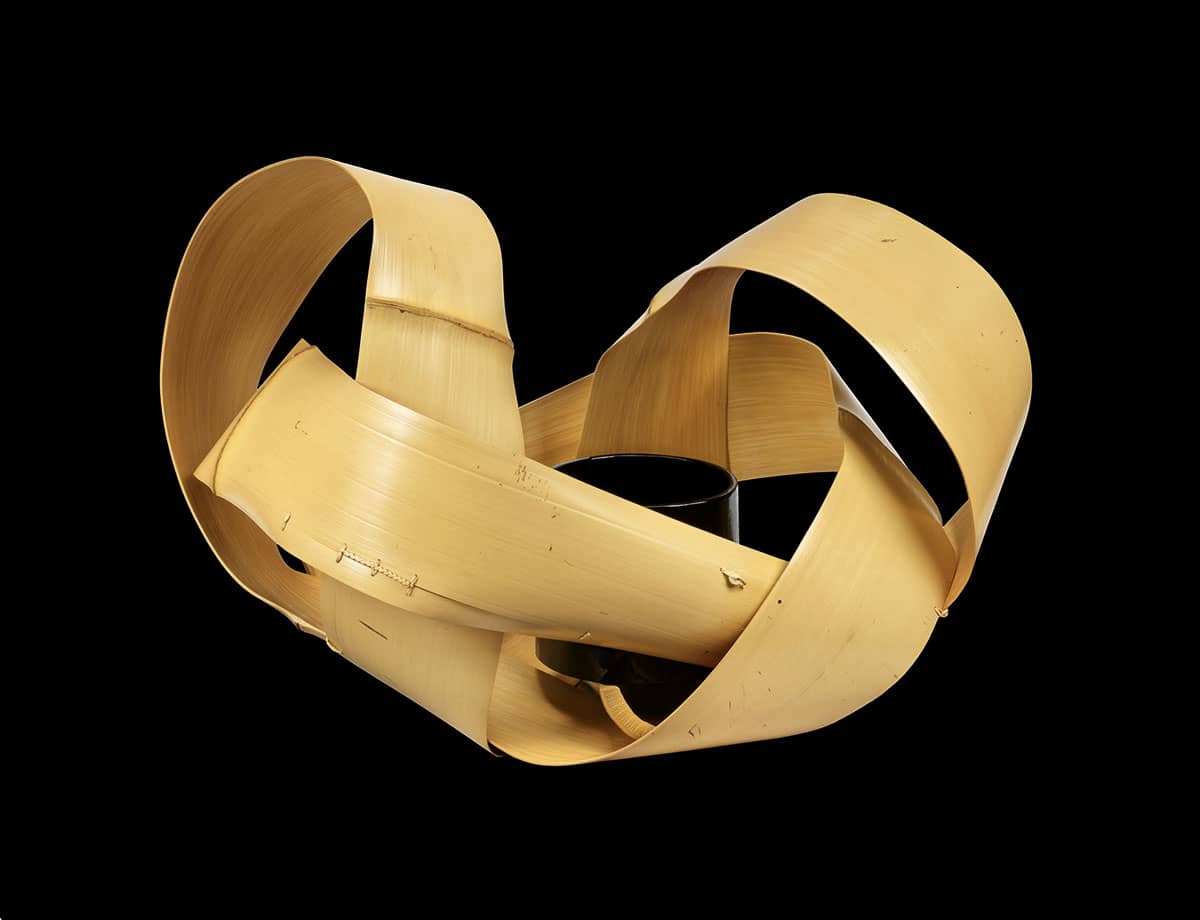
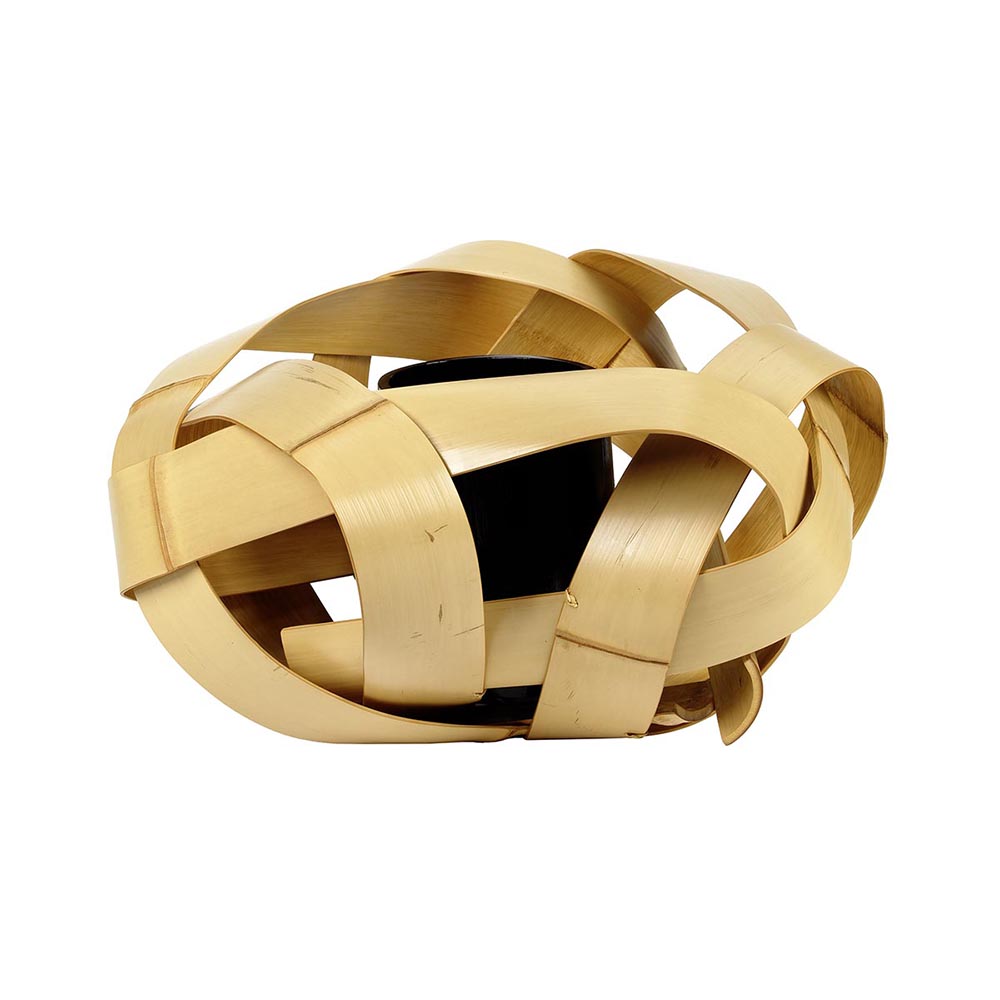
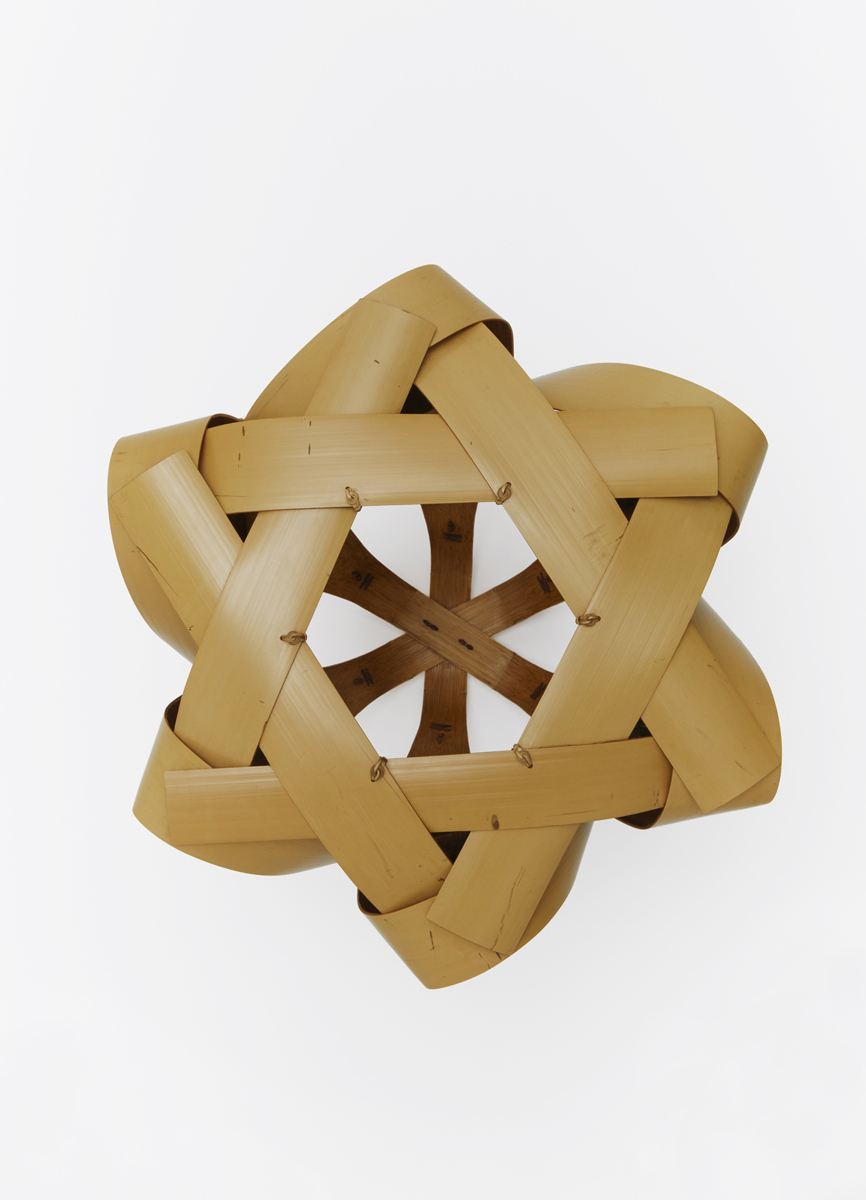
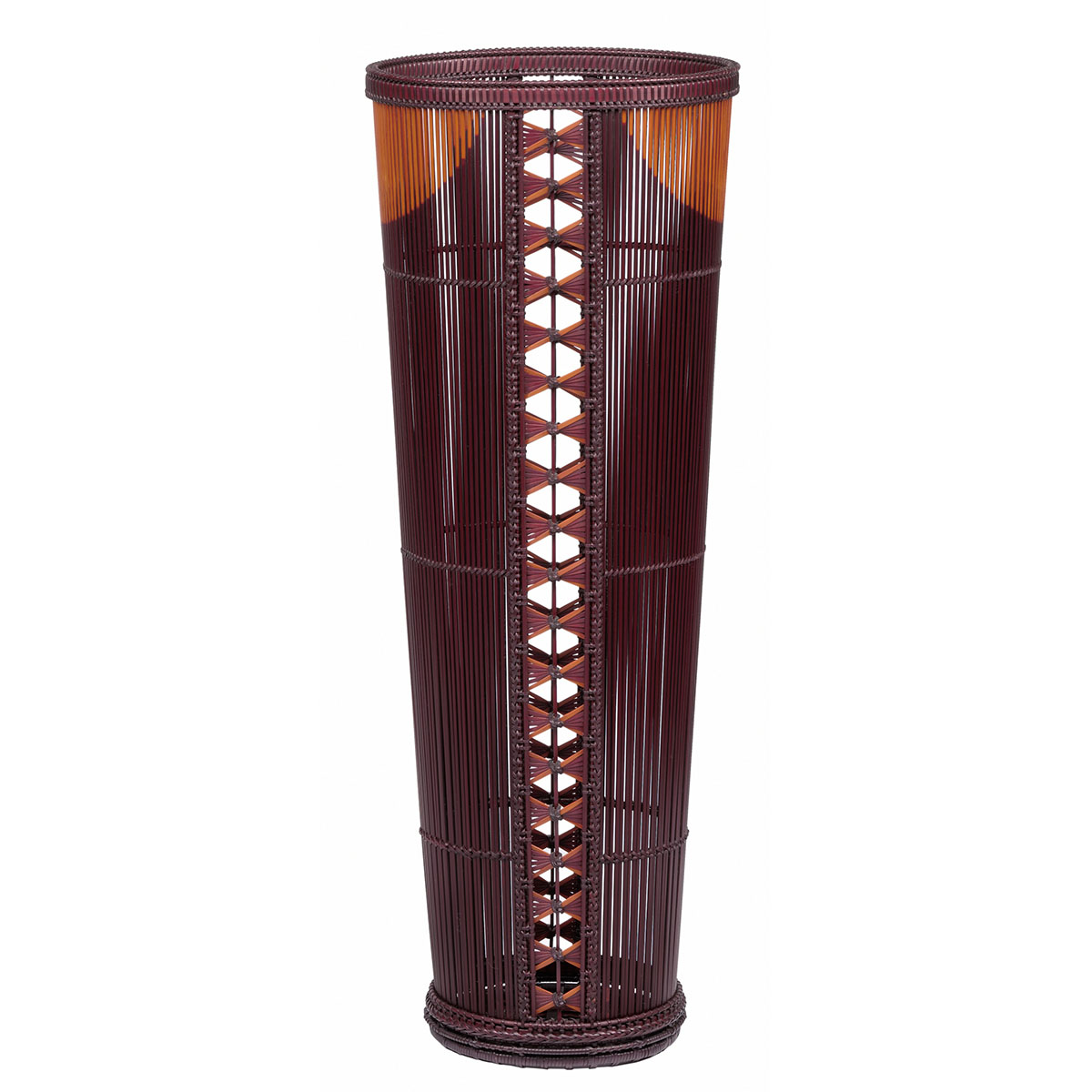
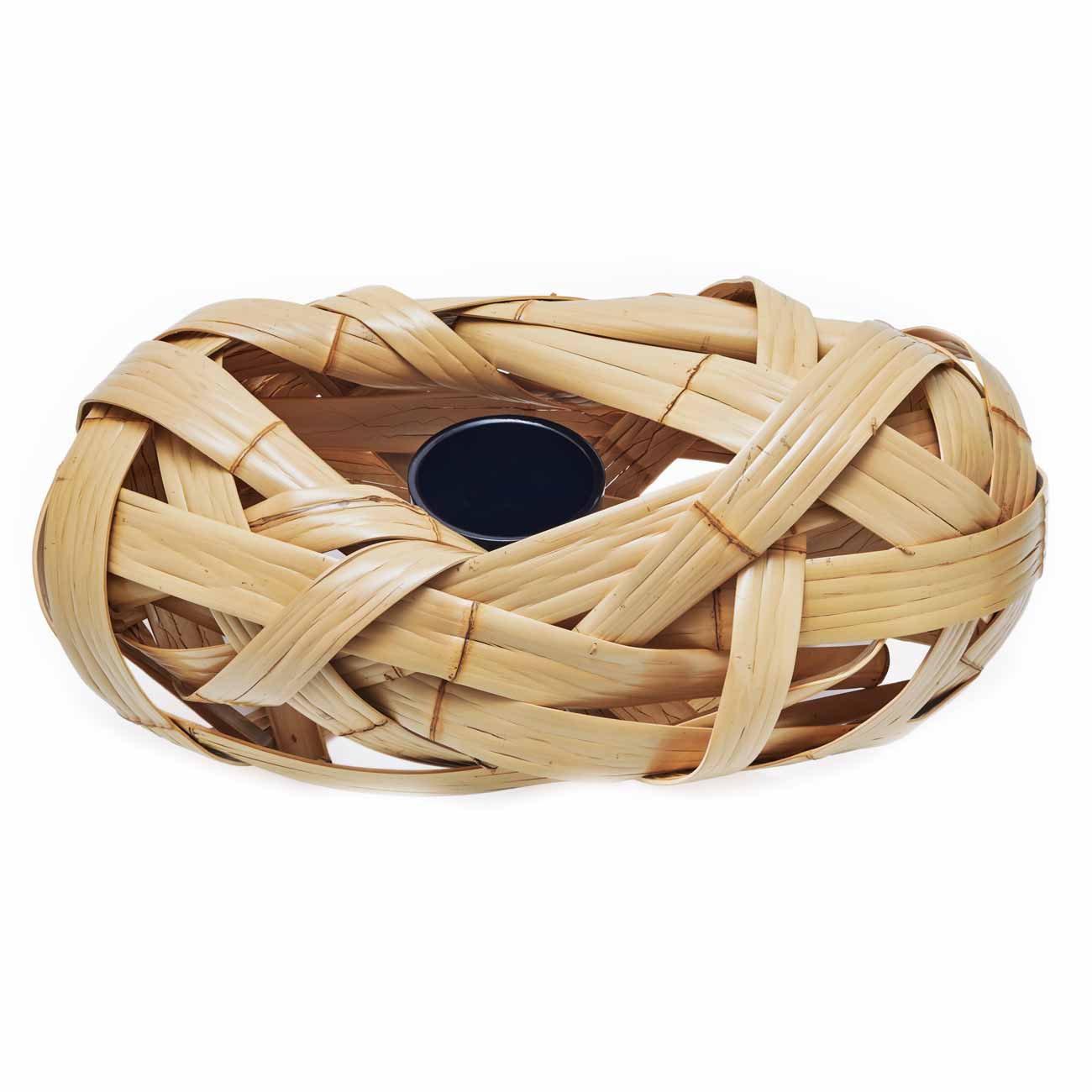
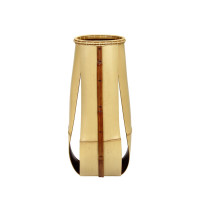
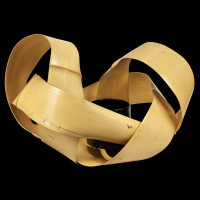
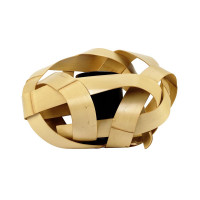
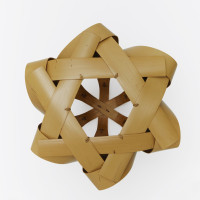
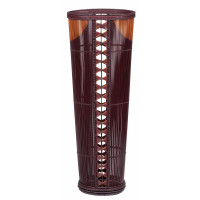
Description
Matsumoto Hafū (b. 1952)
Matsumoto Hafū is one of the two last disciples of the great master Iizuka Shōkansai (1919-2004), himself the son of the great Iizuka Rōkansai (1890-1958).
Matsumoto Hafū mastered to perfection the stripping, flattening, and shaping of very large pieces of bamboo, techniques invented by the Iizuka family. His works respect the golden rules of shin, gyô, and sô (formal, semi-formal, and informal styles) that guided his masters.
Once he achieved independent status, Matsumoto Hafū opened his own studio in Tokyo, before settling in Tateyama, Chiba Prefecture, in 1988. In 1996 he participated in a group exhibition in New York, then revealed his oeuvre during his first solo exhibition in 2001 at the Daimaru department store in Tokyo.
In 2004 he received the Second Prize at the Lloyd Cotsen Bamboo Prize; the following year he received the Rooky Prize at the fifty-fourth Japan Traditional Art Crafts Exhibition (Nihon Kôgeikai); and in 2007 he received the Governor of Tokyo Award.
In 2009 he was invited to participate in the exhibition New Bamboo : Contemporary Japanese Masters at the Kyûshû National Museum, and exhibited his works in 2011 in Ôita for the Memorial Exhibition of the National Treasure Iizuka Shōkansai event.
